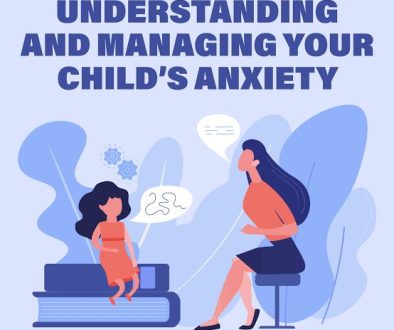Mental Health and Socioeconomic Status: Understanding the Intersection
Mental health is intricately linked with socioeconomic status (SES), which encompasses factors such as income, education, occupation, and social environment. Individuals from lower socioeconomic backgrounds often face unique challenges that can adversely impact their mental health. In this article, we’ll delve into the relationship between mental health and socioeconomic status, exploring the disparities, causes, and potential solutions.
Disparities in Mental Health Care
Research consistently shows that individuals from lower socioeconomic backgrounds are more likely to experience mental health issues, such as:
1. Higher rates of depression and anxiety: Financial stress, unemployment, and social isolation can contribute to increased symptoms of depression and anxiety.
2. Increased risk of psychosis: Socioeconomic disadvantage, particularly in childhood, can increase the risk of developing psychotic disorders.
3. Poorer mental health outcomes: Individuals from lower socioeconomic backgrounds often experience poorer treatment outcomes, including lower rates of remission and higher rates of hospitalization.
Causes of Mental Health Disparities
Several factors contribute to the disparities in mental health outcomes:
1. Financial stress: Limited financial resources can lead to chronic stress, anxiety, and depression.
2. Limited access to healthcare: Individuals from lower socioeconomic backgrounds may face barriers to accessing mental health services, including lack of insurance, transportation, or childcare.
3. Social isolation: Limited social connections and support networks can exacerbate mental health issues.
4. Environmental factors: Exposure to violence, trauma, and environmental toxins can contribute to mental health problems.
Potential Solutions
Addressing the intersection of mental health and socioeconomic status requires a multifaceted approach:
1. Increase access to mental health services: Implement policies to expand healthcare coverage, reduce costs, and increase the availability of mental health professionals.
2. Community-based initiatives: Develop community-based programs that provide mental health support, education, and social connections.
3. Address social determinants: Implement policies to address poverty, housing instability, and education inequality.
4. Cultural competence: Ensure that mental health services are culturally sensitive and responsive to the needs of diverse populations.
Conclusion
The relationship between mental health and socioeconomic status is complex and multifaceted. Addressing the disparities in mental health outcomes requires a comprehensive approach that takes into account the social determinants of health. By increasing access to mental health services, implementing community-based initiatives, addressing social determinants, and promoting cultural competence, we can work towards reducing the disparities in mental health outcomes and promoting mental health equity.



